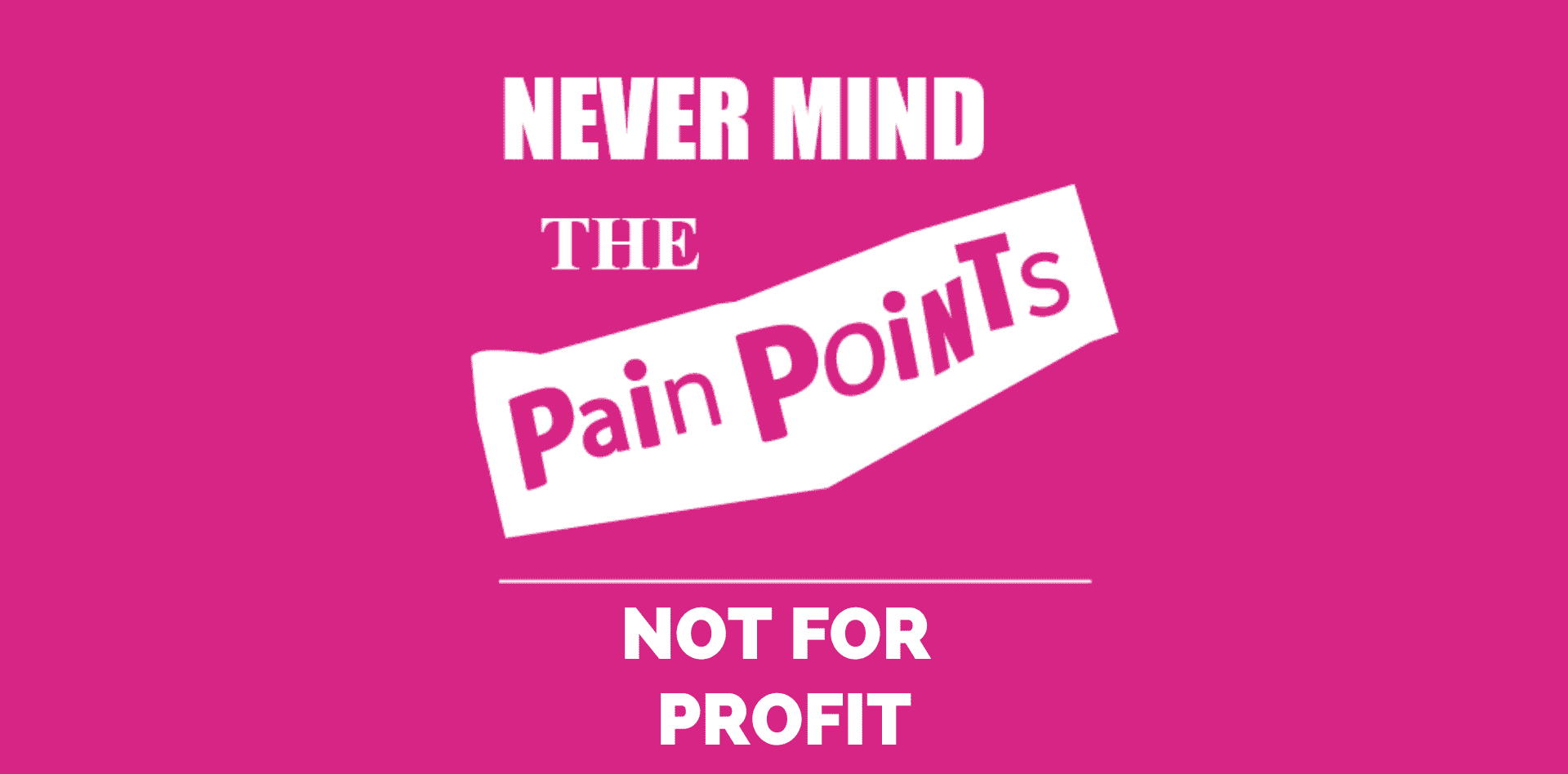Going through an agile transformation? A shift in knowledge and mindset does not happen overnight. So how can you best support your team?
How to support a team through an agile transformation
How to support a team through an agile transformation
Going through an agile transformation? A shift in knowledge and mindset does not happen overnight. So how can you best support your team?

It’s no exaggeration to say an agile transformation at any organisation, whether it’s a not-for-profit or a large corporate, requires a seismic shift in the way the entire team, from the top down, thinks and works.
This type of change never happens overnight. But even when not-for-profits plan for it over many months, there can be bumps in the road. Potential challenges are numerous and can include budgetary limitations, resistance to change, poor messaging, and occasionally a disconnect between trustees and employees.
Here, we set out some insights and tips, derived from our own observations, for how an agile transformation can be introduced smoothly, avoiding common pitfalls.
Assess your team’s knowledge of agile
Most people know a little about agile – that it means making iterative changes until you reach the desired result rather than working towards wholesale change in one hit. It means testing changes to see what works and making incremental alterations according to the test results.
But over or underestimating knowledge of agile can mean a transformation fails before it has really got underway. A weighty slide deck explaining how things will change and a follow-up survey won’t help with the mindset shift that is needed for agile or the impact on company culture. Agile transformations that fail to give enough time to the transition are also likely to fail because new processes and ways of working must be agreed to avoid confusion and uncertainty. One of the many great elements of agile is the autonomy it gives every member of a team to make sensible decisions without having to defer up the chain. But people without enough knowledge of the agile process can’t make decisions if they don’t know exactly how it works.
When it comes to training, one size does not fit all. We always recommend persona-based training which involves finding out how much knowledge every individual has and then offering different levels of instruction. You can still get everyone to the same level by taking a varied approach. Failing to do this, can result in a loss of interest before the process has even started.
Support practical and mindset changes
It is human nature to want to visualise an outcome. People need a clear vision of how the charity will operate and how their day-to-day jobs will be affected in the new world. This needs to be supported by the leadership team.
We start our training at the top. The leadership team should know exactly how new processes will work and how they will impact the business, its employees, beneficiaries and customer goals. Once they have bought into change and understand it, they can start to take their team on the journey.
Tell teams about change in a timely manner
Gradually give teams and individuals time to adjust to change by breaking information into sizeable chunks and always be transparent throughout the journey.
Informing teams at the last minute of changes will often mean one thing – the go-live day is chaotic. To avoid a crisis, have target dates but don’t be afraid to change them if they aren’t being met. Give people enough time to perform dry runs of processes. Test and test again, all the time making sure that people understand how things will work.
Finally, make it easy for people to give feedback
In agile transformations, it’s very unlikely the first attempt is going to be perfect. Subsequent iterations are created from data and feedback from your people.
Open, honest, and constructive retrospectives (agile ceremonies that happen at the end of every sprint) are a good opportunity to allow teams and individuals to discuss what has worked well and areas for improvement across the board. This enables the team to agree on a set of actions to tackle any issues.
It’s critical that people feel involved in the process and have played a part in helping to design the new operation. This way they will feel invested in the change and the organisation will have a team that really drives the transformation and wants it to succeed.

